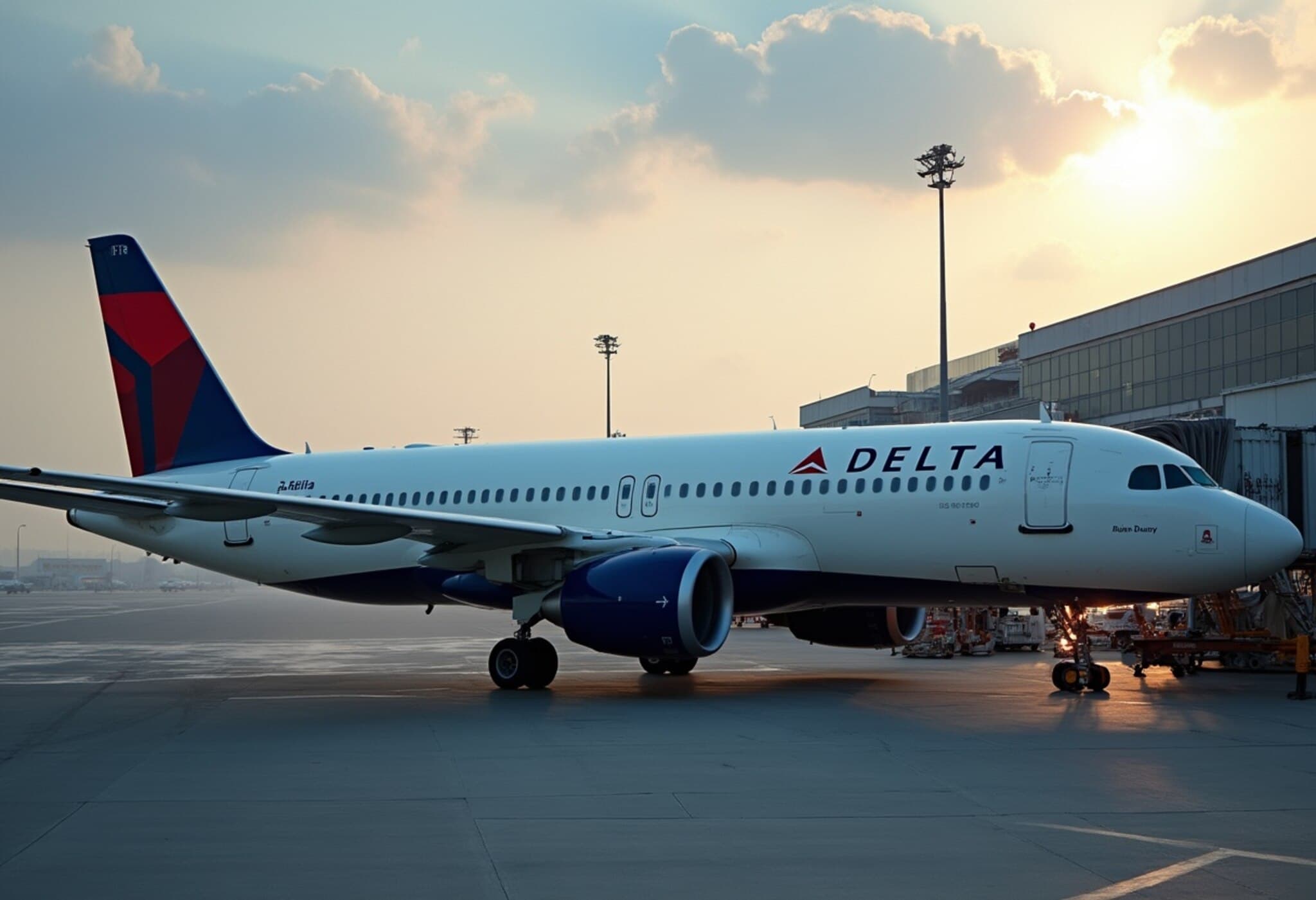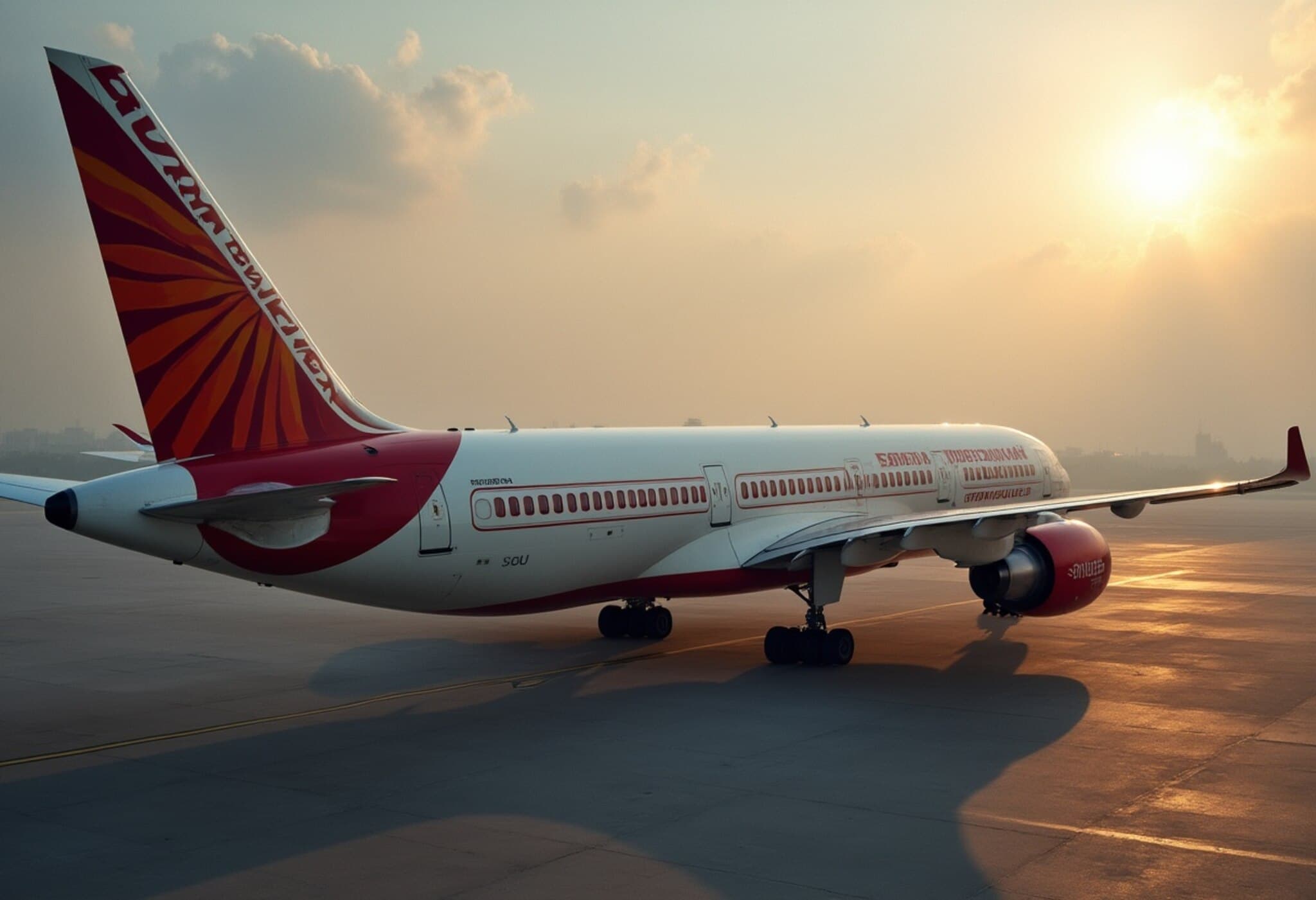Air India Responds to Ahmedabad Crash Investigation
On July 14, 2025, Air India's CEO, Campbell Wilson, addressed concerns surrounding the recent crash of an Air India aircraft in Ahmedabad. Drawing from the preliminary findings of the Aircraft Accident Investigation Bureau (AAIB), Wilson affirmed that there were no mechanical or maintenance issues detected in the ill-fated Boeing 787 aircraft.
Key Findings from the Preliminary Report
- All required maintenance checks had been meticulously completed prior to the flight.
- The quality of fuel used was verified and found to have no anomalies.
- The take-off roll was routine with no abnormalities recorded.
- Pilots cleared mandatory pre-flight breathalyser tests and exhibited no unusual medical observations.
Wilson further reassured his staff that, under the close supervision of India’s Directorate General of Civil Aviation (DGCA), every Boeing 787 in Air India’s fleet underwent inspections within days after the incident and were confirmed fit to fly.
Addressing Speculation Amid Ongoing Investigation
While the preliminary report did not identify a cause or suggest recommendations, the CEO cautioned against drawing premature conclusions. He highlighted the inevitability of speculation and sensationalism as the investigation continues, urging the team and the public to remain patient and focused.
"Until a final report or cause is tabled, there will no doubt be new rounds of speculation and more sensational headlines," Wilson stated. "Our priority remains steadfast — supporting the bereaved families and those injured, while ensuring safety and reliability for all passengers moving forward."
Air India’s Commitment to Safety and Transparency
This incident arrives as a critical test for Air India amid its ongoing transformation journey emphasizing integrity, excellence, customer focus, innovation, and teamwork. Wilson underscored these core values, reminding staff that they are the pillars for navigating these challenging times.
The company stands by to fully cooperate with investigative authorities to deliver a thorough, transparent, and conclusive inquiry. This approach aligns with international aviation safety standards and reflects Air India’s commitment to restoring trust with its global passengers.
What Comes Next?
Investigations of this scale can take months to finalize. Expert analysts note that the absence of mechanical faults shifts the focus toward other potential factors, such as human error, weather conditions, or unforeseen external events. As the probe progresses, it will be crucial to evaluate these dimensions objectively.
Contextual Insight: The Broader Implications for Indian Aviation
India's aviation industry has been steadily expanding, becoming one of the fastest-growing markets globally. However, incidents like the Ahmedabad crash raise critical questions about the sector’s preparedness in handling emergencies and the robustness of safety oversight.
Industry experts suggest this investigation could catalyze a renewed emphasis on pilot training, air traffic management, and infrastructure upgrades, not only within Air India but across Indian aviation.
Conclusion: Navigating Through Uncertainty with Integrity
As echoes from this tragic accident ripple throughout India and the global aviation community, Air India’s transparent handling so far offers a measure of reassurance. The airline’s commitment to safety protocols and its transparent communication strategy mark essential steps toward accountability.
While the investigation continues, it’s imperative for stakeholders and the public to avoid hasty judgments fueled by incomplete information. This incident presents an opportunity to revisit and reinforce aviation safety standards within India’s rapidly growing air travel sector. The human cost of such tragedies is profound, emphasizing that behind technical reports and aircraft inspections lie real lives and families impacted. Our ongoing coverage will follow developments closely, aiming to offer clarity and expert insight as more facts emerge.



















